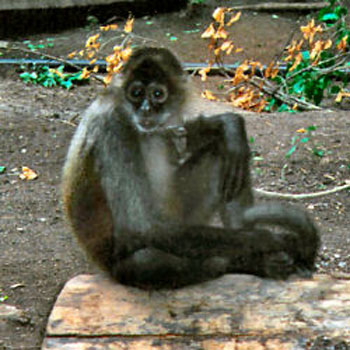
An aquarium is a tank for keeping fish and other marine life in a home or in a museum. A museum for fish is called an aquarium. In a public aquarium, visitors may watch fish. Some of the fish are as large as sharks.
Scientists study these fish. The first public aquarium was built in London, England, in 1853.
The fish kept as pets in home aquariums are often fish that live in tropical rivers in nature. They are small enough to live in a tank. And they are usually colorful and beautiful. Pet stores may have as many as 150 different kinds of fish for home aquariums.


.jpg)


